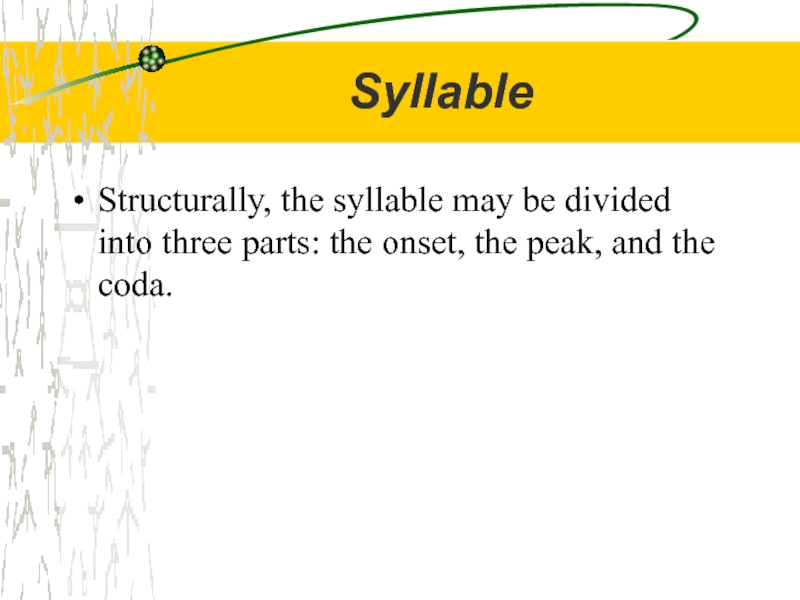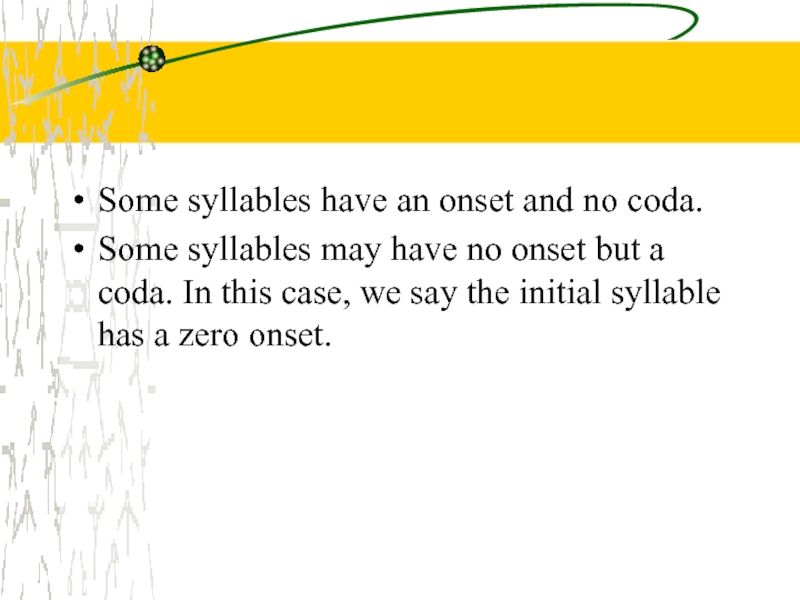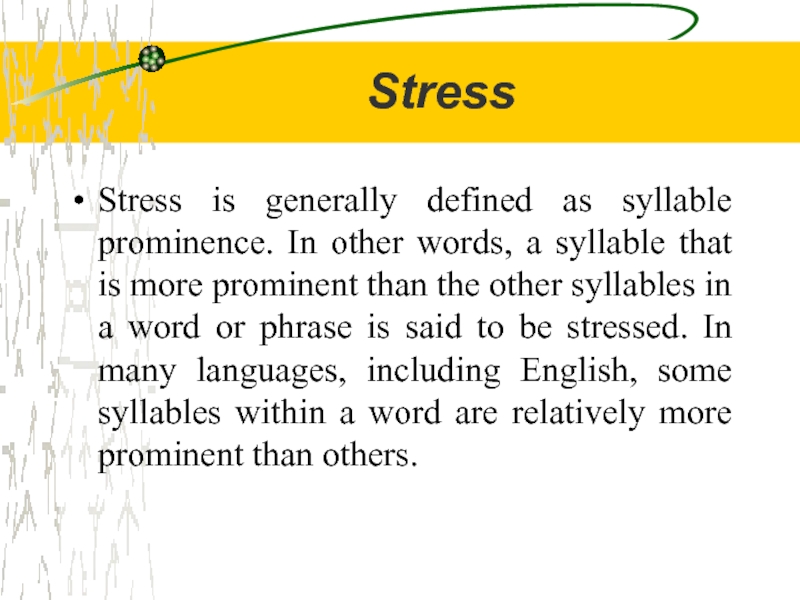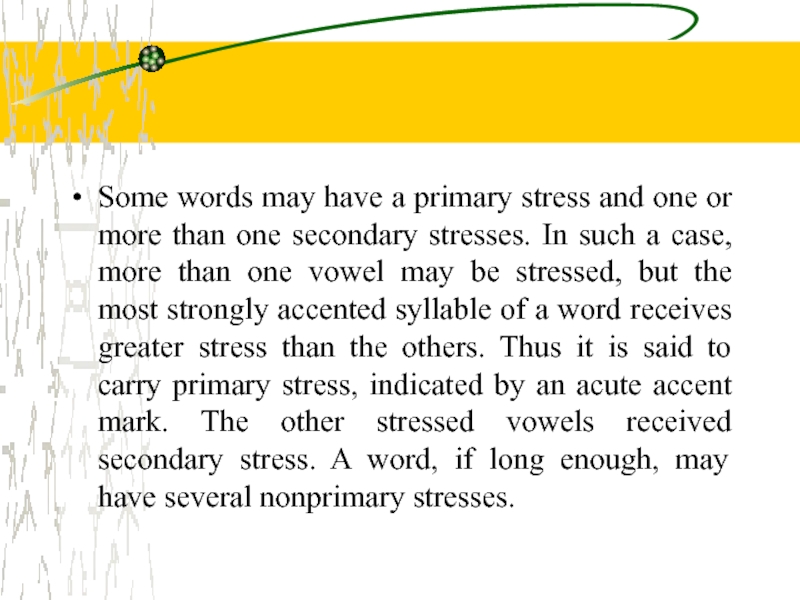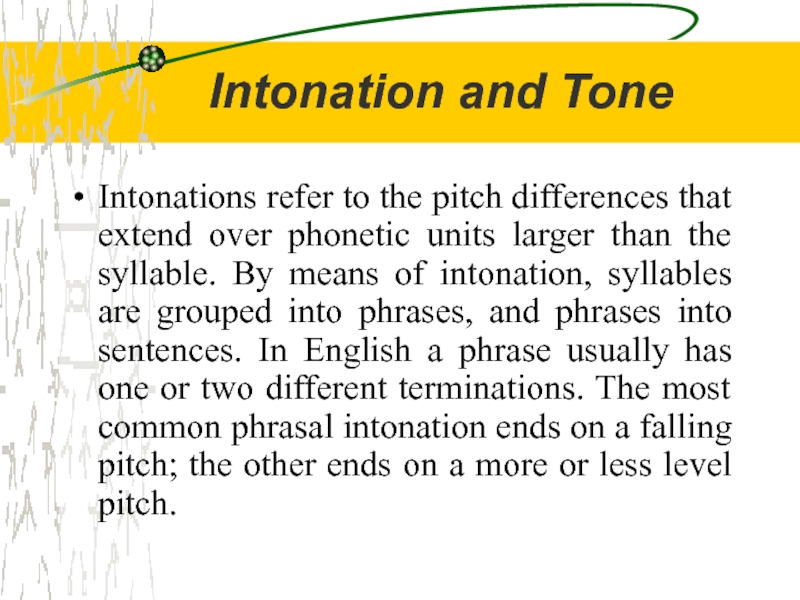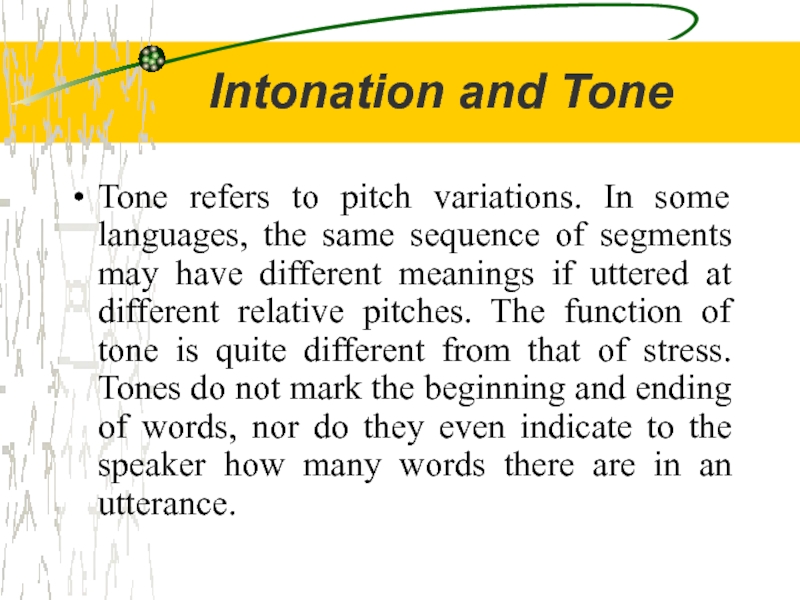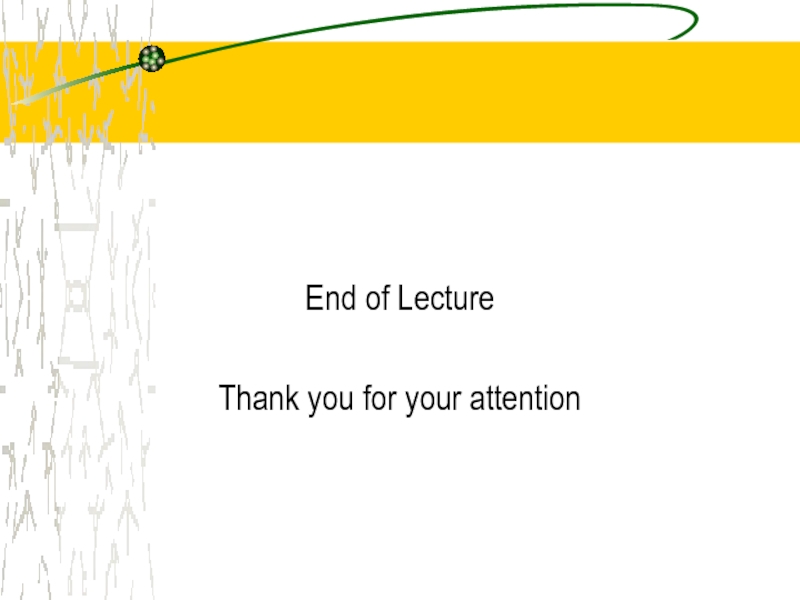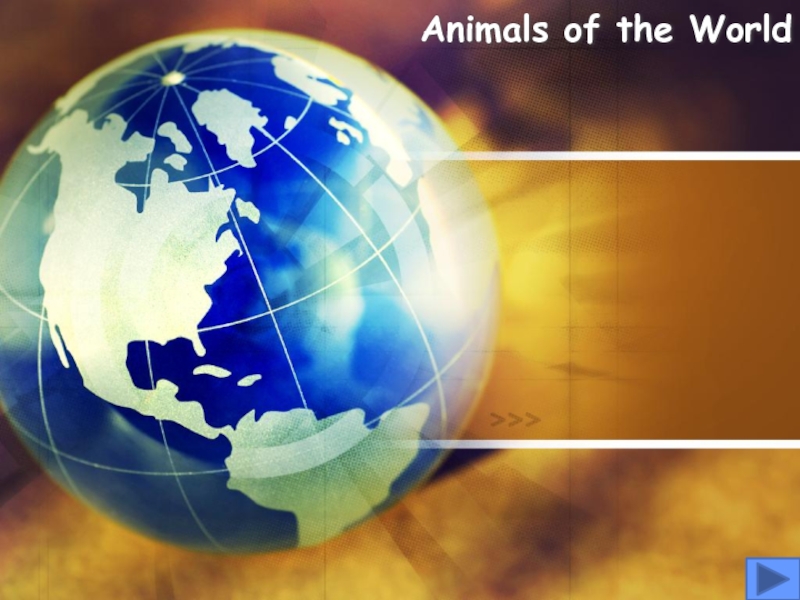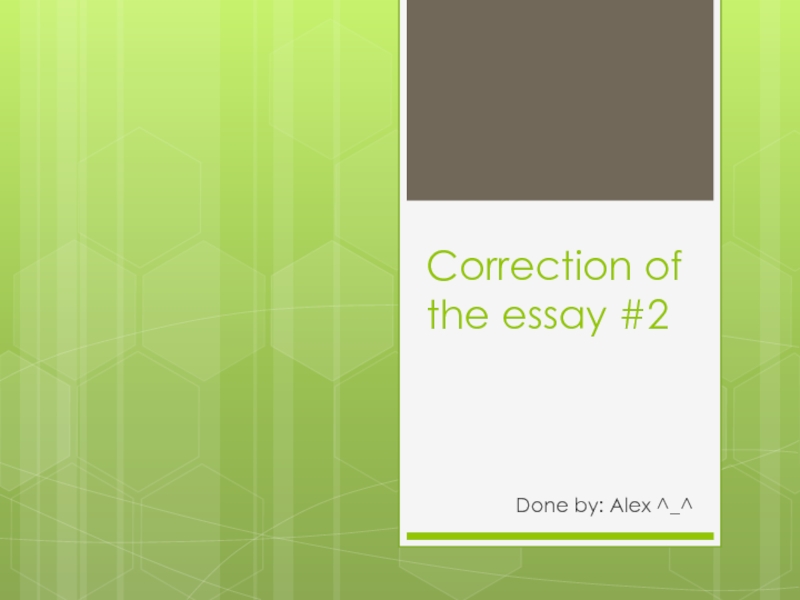- Главная
- Разное
- Дизайн
- Бизнес и предпринимательство
- Аналитика
- Образование
- Развлечения
- Красота и здоровье
- Финансы
- Государство
- Путешествия
- Спорт
- Недвижимость
- Армия
- Графика
- Культурология
- Еда и кулинария
- Лингвистика
- Английский язык
- Астрономия
- Алгебра
- Биология
- География
- Детские презентации
- Информатика
- История
- Литература
- Маркетинг
- Математика
- Медицина
- Менеджмент
- Музыка
- МХК
- Немецкий язык
- ОБЖ
- Обществознание
- Окружающий мир
- Педагогика
- Русский язык
- Технология
- Физика
- Философия
- Химия
- Шаблоны, картинки для презентаций
- Экология
- Экономика
- Юриспруденция
Phonetics and Phonology презентация
Содержание
- 1. Phonetics and Phonology
- 2. Production of sounds Human language displays
- 3. Scope of Phonetics Speech is
- 4. Scope of Phonetics Phonetics studies the above
- 5. Articulation of Sounds A wide range
- 6. Articulation of Sounds When describing individual sound
- 7. Manner of Articulation The manner of articulation
- 8. Place of Articulation The place of articulation
- 9. Vowels Vowels are made by egressive pulmonic
- 11. The distance between the top of
- 12. English Speech Sounds English has many
- 13. The Transcription of Sounds Phoneticians try
- 14. Phonology Phonology is the study of the
- 15. Phonology For example, the difference in meaning
- 16. In English, these are the only
- 17. Syllable Structurally, the syllable may be
- 18. Some syllables have an onset and
- 19. Stress Stress is generally defined as
- 20. Some words may have a primary
- 21. When words are combined into phrases
- 22. Intonation and Tone Intonations refer to
- 23. Intonation and Tone Tone refers to pitch
- 24. End of Lecture Thank you for your attention
Слайд 2Production of sounds
Human language displays a wide variety of sounds,
but not all the sounds that humans are capable of producing with the vocal tract in speech. The class of possible speech sounds is not only finite, but also universal. Any human is able to pronounce these sounds, regardless of racial or cultural background.
Слайд 3Scope of Phonetics
Speech is a purposeful human activity. Phonetics
is the scientific study of speech and is concerned with defining and classifying speech sounds according to how they are produced. A complex set of physical operations takes place when a spoken message goes from a speaker to a hearer.
Слайд 4Scope of Phonetics
Phonetics studies the above facets of speech. However, the
neurological facets of production and reception are often considered falling outside the scope of phonetics proper. Generally, the study of phonetics is composed of three separate fields: articulatory phonetics, acoustic phonetics and auditory phonetics .
Слайд 5Articulation of Sounds
A wide range of physical activity is involved
in the production of the speech sounds in human language. Vocal organs often articulate or move against each other in the production of speech. Vocal organs refer to all the parts of the human body that are related to speech production
Слайд 6Articulation of Sounds
When describing individual sound segments, phoneticians and linguists often
employ two parameters to examine how sounds are articulated: manner of articulation and place of articulation.
Слайд 7Manner of Articulation
The manner of articulation is very important during the
production of the sound. It is based on the size of the air passage. When the articulators are brought close together and the airflow in the oral cavity is completely blocked, the resultant manner of articulation is termed a stop. Stops are divided into two types: oral stops (plosives), and nasal stops (nasals).
● Fricative ● Affricative
●Approximant●Approximant ● Trill and Tap
● Fricative ● Affricative
●Approximant●Approximant ● Trill and Tap
Слайд 8Place of Articulation
The place of articulation is another way to observe
how sounds are articulated. When describing the place of articulation, we usually consider is the place within the vocal tract where the articulators form a stricture.
Слайд 9Vowels
Vowels are made by egressive pulmonic airflow through vibrating or constricted
vocal folds and through the vocal tract, and the sound is modified in the oral cavity. However, vowels are more difficult than consonants to describe articulatorily. The primary criteria for the classification of vowels are: (1) the distance between the top of the tongue and the roof of the mouth and (2) the retraction and extension of the tongue. A secondary criterion is the rounding of the lips.
Слайд 11
The distance between the top of the tongue and the roof
of the mouth is defined in terms of the relative degrees of openness of the oral cavity. Openness corresponds to jaw opening, as well as to the relative height of the tongue. Thus, we have close vowels, open vowels, low vowels and high vowels.
Слайд 12English Speech Sounds
English has many vowel sounds. According to Roach
(1991), there are seven short vowelsEnglish has many vowel sounds. According to Roach (1991), there are seven short vowels , five long vowelsEnglish has many vowel sounds. According to Roach (1991), there are seven short vowels , five long vowels , eight diphthongsEnglish has many vowel sounds. According to Roach (1991), there are seven short vowels , five long vowels , eight diphthongs and five triphthongs
English is said to have 24 consonants
English is said to have 24 consonants
Слайд 13The Transcription of Sounds
Phoneticians try to transcribe as accurately as
possible, i.e. by recording all the articulatory details that exist in speech. Since the sixteenth century, efforts have been made to devise a universal system for transcribing the speech sounds. The best-known system, the International Phonetic Alphabet (IPA), has been developing since 1888.
Слайд 14Phonology
Phonology is the study of the sound patterns in human language.
Each word differs from the other words in both form and meaning.
Each lexical entry includes, along with information about the semantic and syntactic nature of the morpheme, an underlying representation. The underlying representation contains that information about the pronunciation of a morpheme that is not predictable on the basis of general rules. The segments of an underlying representation are called phonemes.
Слайд 15Phonology
For example, the difference in meaning between "seed" and "deed" lies
in the fact that the initial sound of the first word is s [s] and the initial sound of the second word is d [d]. The forms of the two words are identical except for the initial consonants. What makes the two words different in meaning is the consonants [s] and [d]. Thus, these are called distinctive sounds, or phonemes in English.
Слайд 16
In English, these are the only permissible arrangements of these phonemes,
but *[lbki], *[bkil], *[ilkb] and so on are not possible in the language. Our knowledge of English tells us that certain strings of phonemes are permissible and others are not. Thus, we can see that after a consonant like [b], [g], [k], or [p], another similar consonant is not permitted by the rules of the grammar. If a word begins with an [l] or an [r], every English speaker knows that the next segment must be a vowel. *[lbik] does not sound like an English word because it does not conform to the restrictions on the sequencing of phonemes.
Слайд 17Syllable
Structurally, the syllable may be divided into three parts: the
onset, the peak, and the coda.
Слайд 18
Some syllables have an onset and no coda.
Some syllables may
have no onset but a coda. In this case, we say the initial syllable has a zero onset.
Слайд 19Stress
Stress is generally defined as syllable prominence. In other words,
a syllable that is more prominent than the other syllables in a word or phrase is said to be stressed. In many languages, including English, some syllables within a word are relatively more prominent than others.
Слайд 20
Some words may have a primary stress and one or more
than one secondary stresses. In such a case, more than one vowel may be stressed, but the most strongly accented syllable of a word receives greater stress than the others. Thus it is said to carry primary stress, indicated by an acute accent mark. The other stressed vowels received secondary stress. A word, if long enough, may have several nonprimary stresses.
Слайд 21
When words are combined into phrases and sentences, one of the
syllables receives greater stress than all others. Only one of the vowels in a phrase or sentence receives primary stress. All the other stressed vowels are reduced to secondary stress.
Слайд 22Intonation and Tone
Intonations refer to the pitch differences that extend
over phonetic units larger than the syllable. By means of intonation, syllables are grouped into phrases, and phrases into sentences. In English a phrase usually has one or two different terminations. The most common phrasal intonation ends on a falling pitch; the other ends on a more or less level pitch.
Слайд 23Intonation and Tone
Tone refers to pitch variations. In some languages, the
same sequence of segments may have different meanings if uttered at different relative pitches. The function of tone is quite different from that of stress. Tones do not mark the beginning and ending of words, nor do they even indicate to the speaker how many words there are in an utterance.
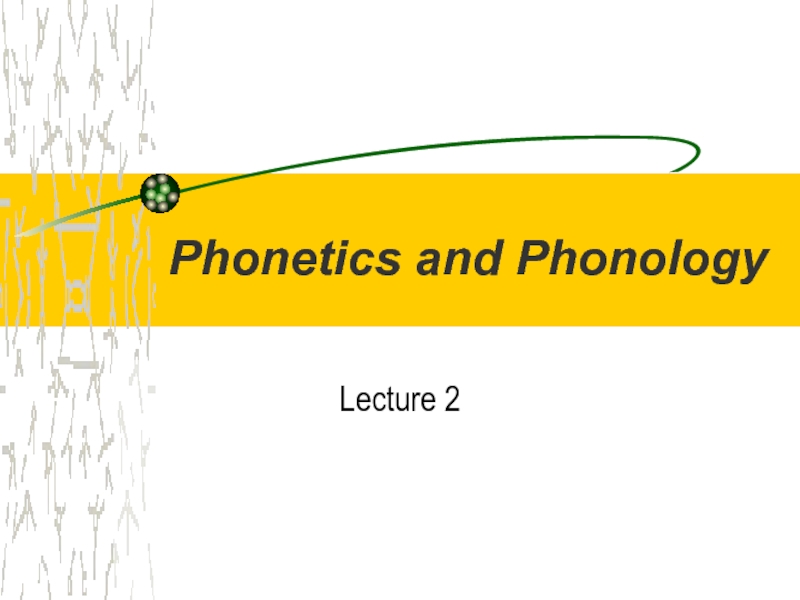
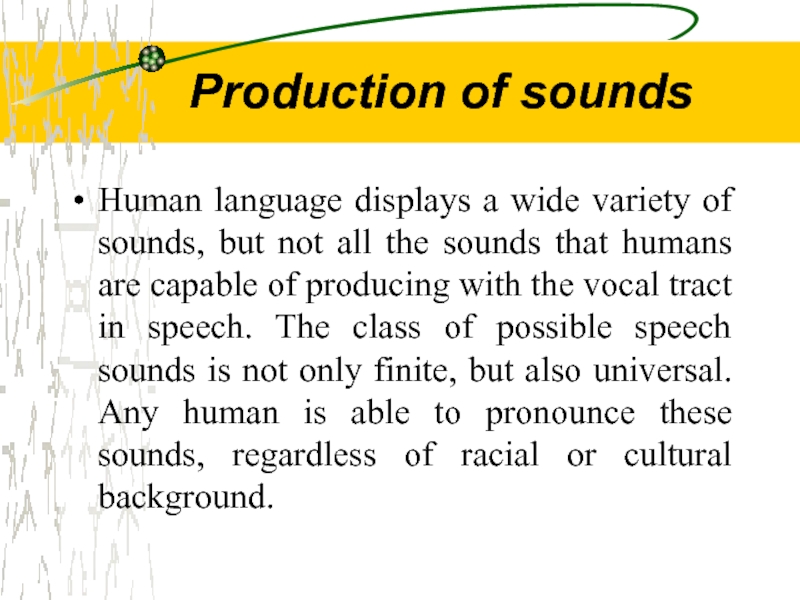
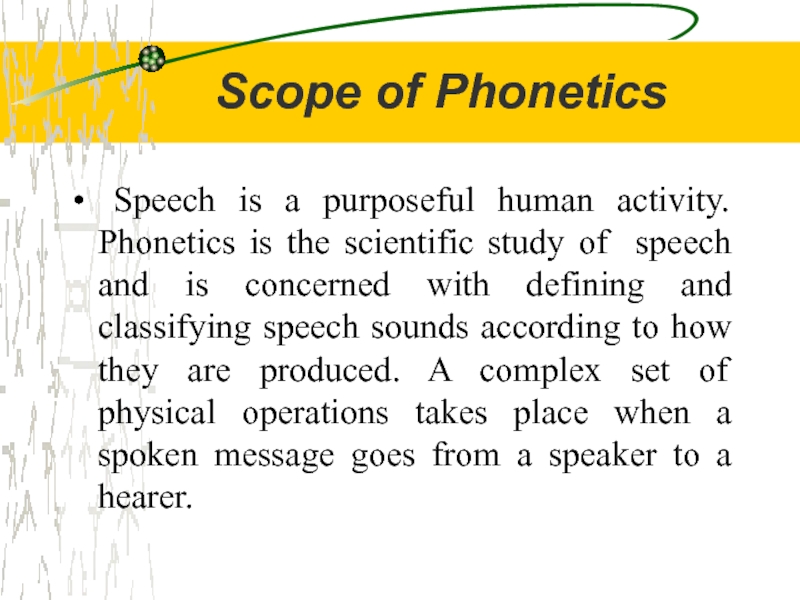
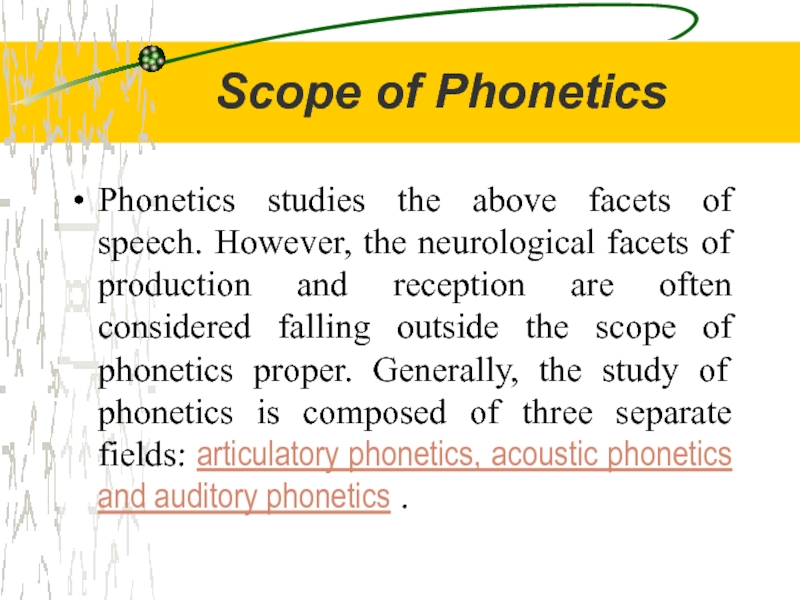
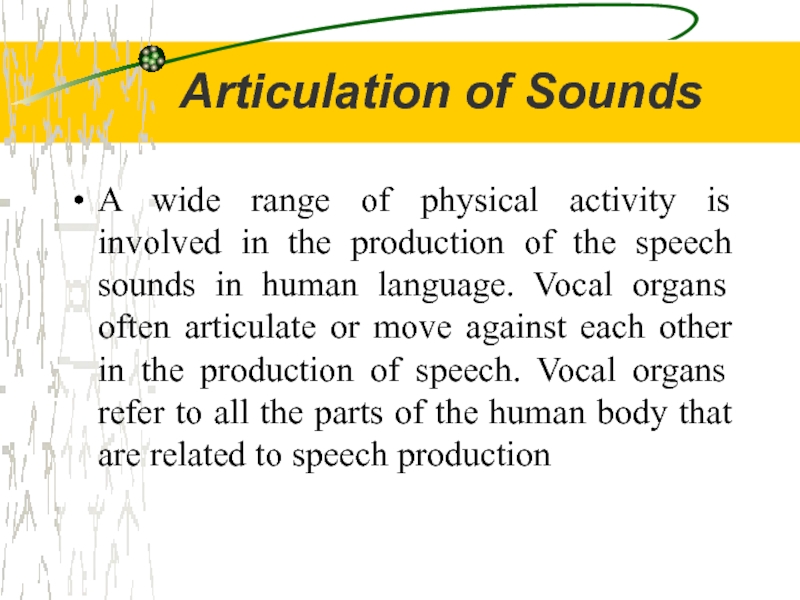
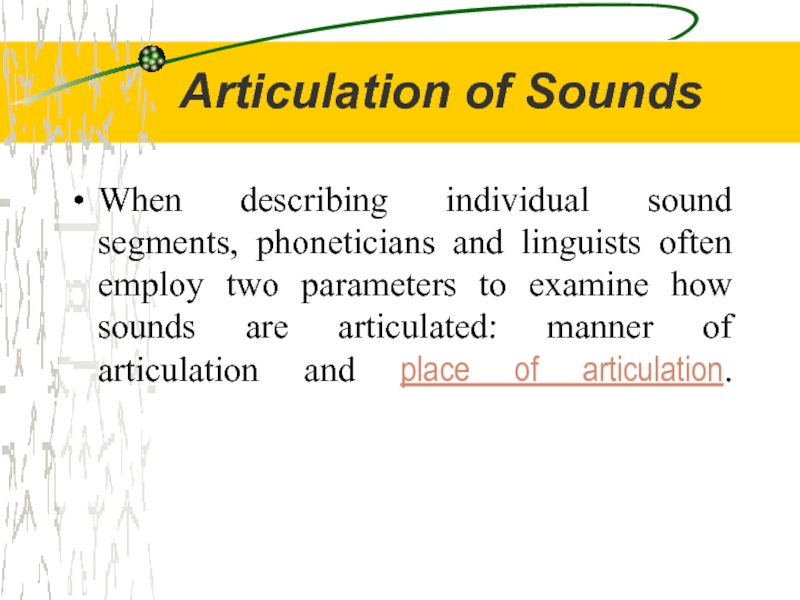
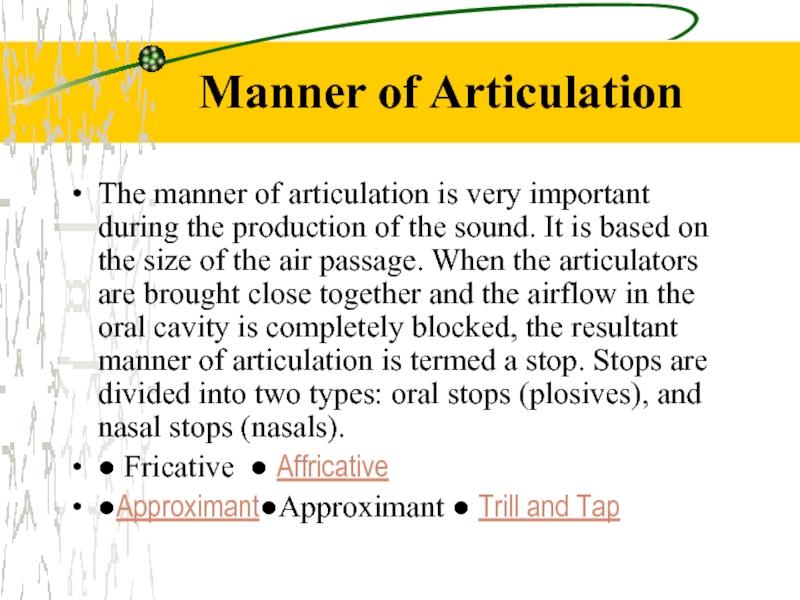
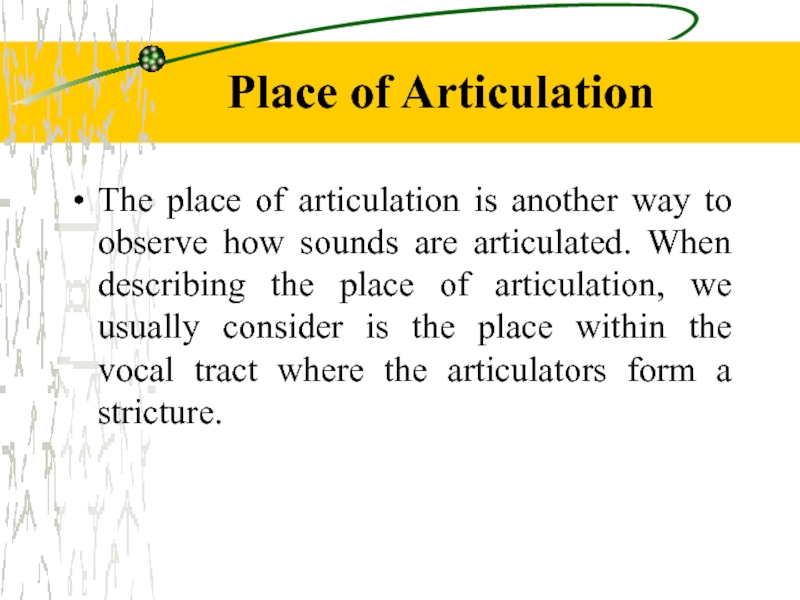
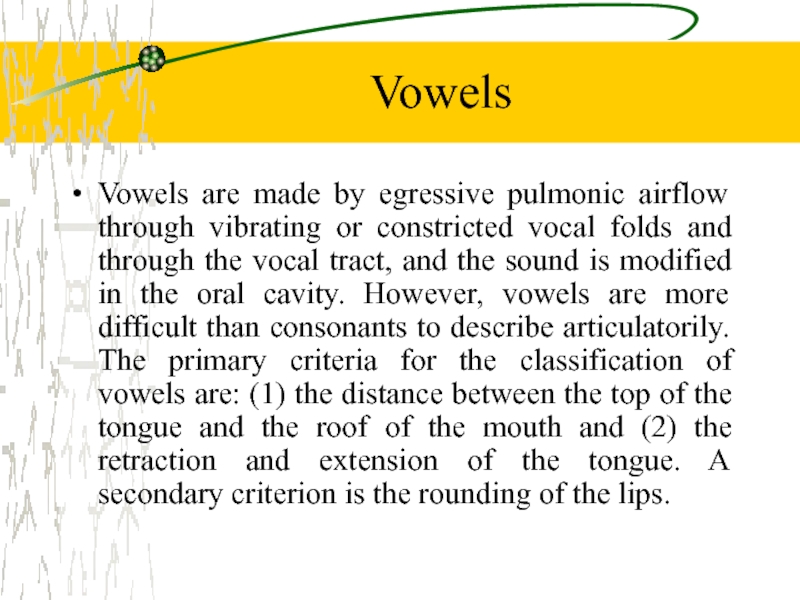

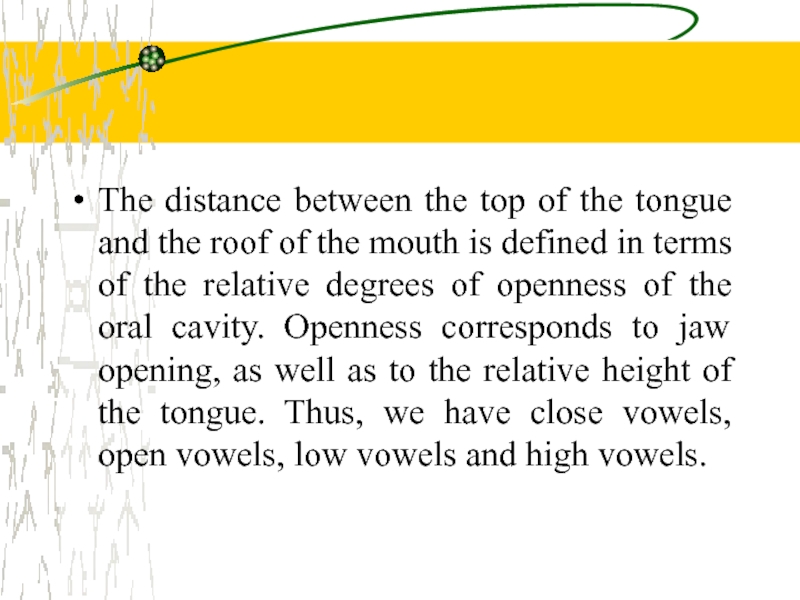
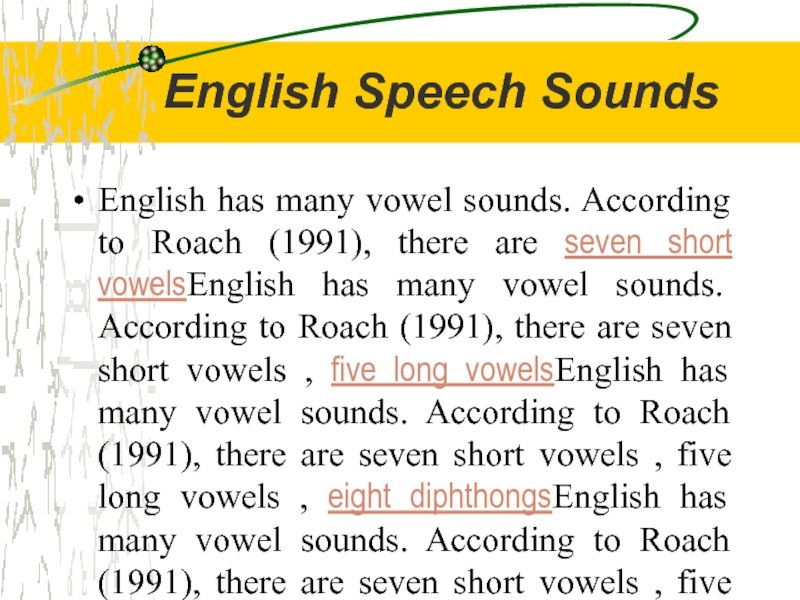
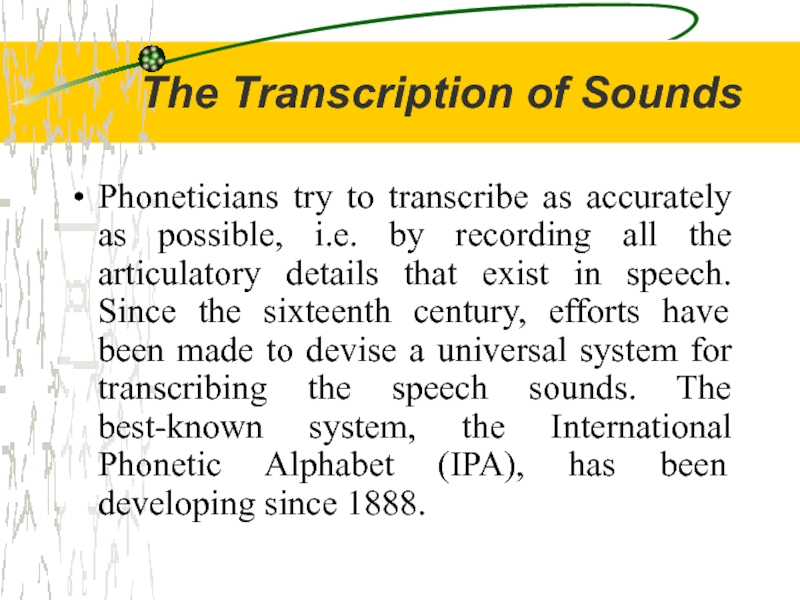
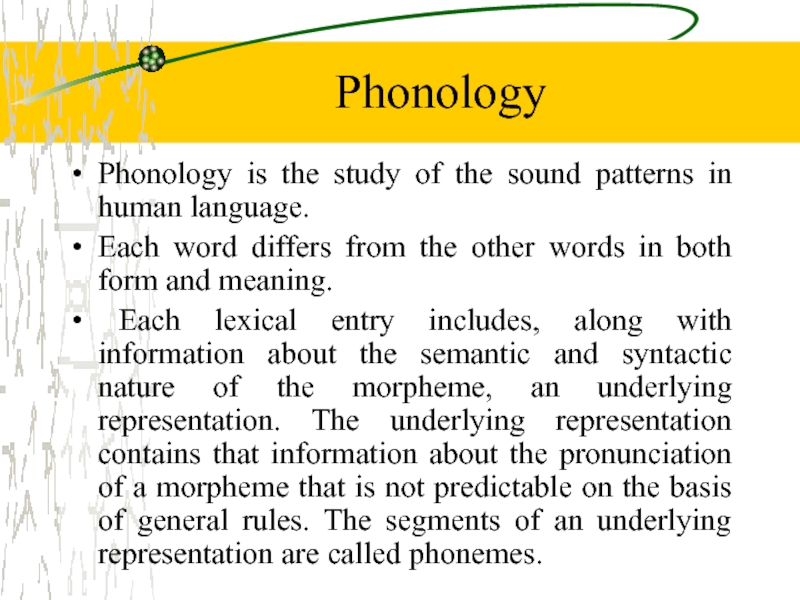
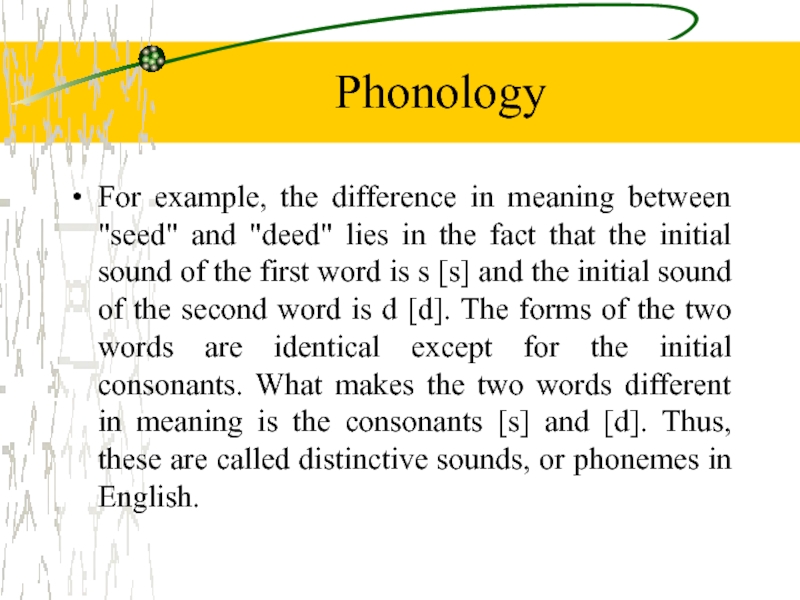
![In English, these are the only permissible arrangements of these phonemes, but *[lbki], *[bkil], *[ilkb]](/img/tmb/5/472204/597507b6409b929f2c09afcde9ee895a-800x.jpg)
